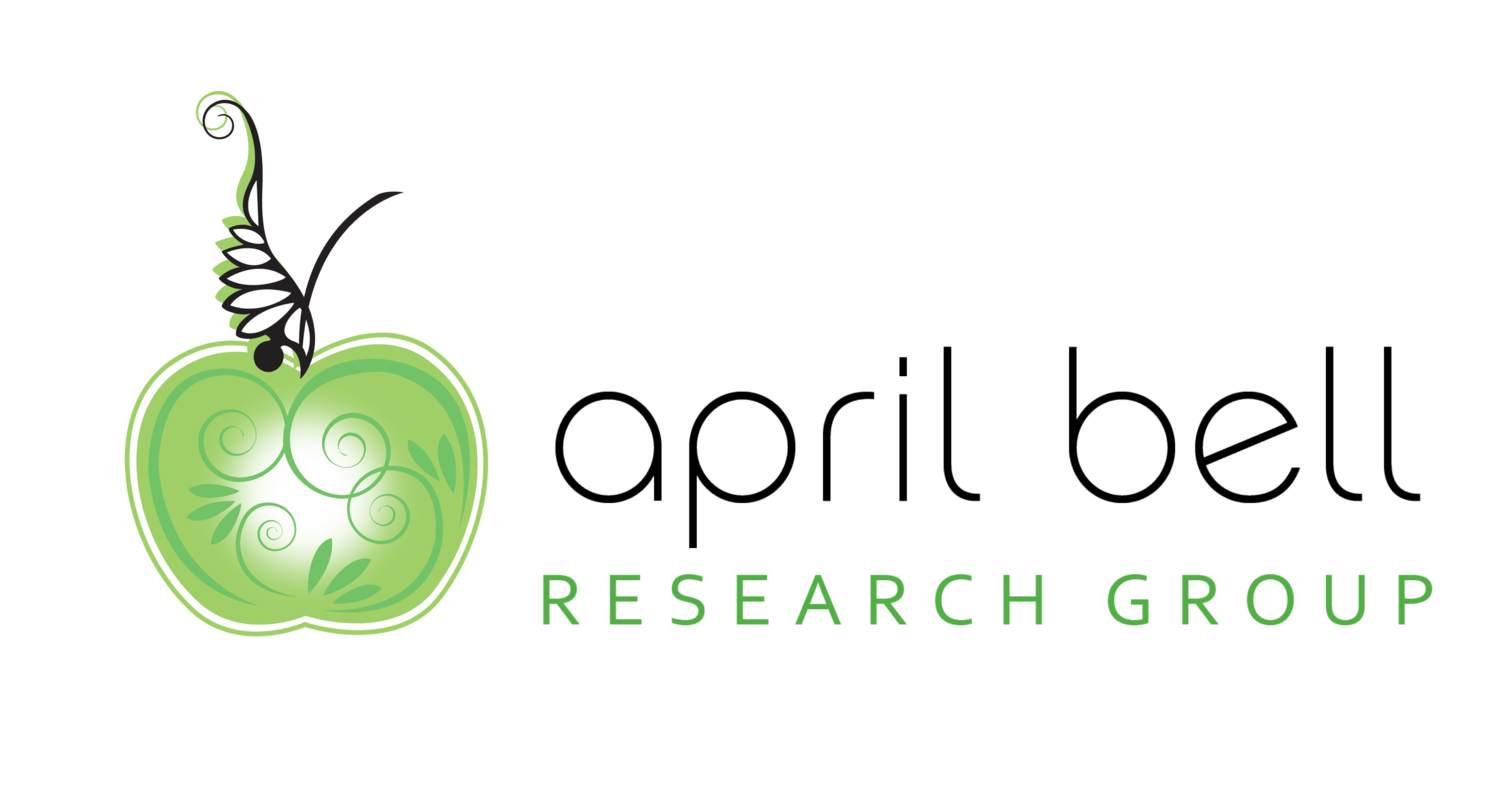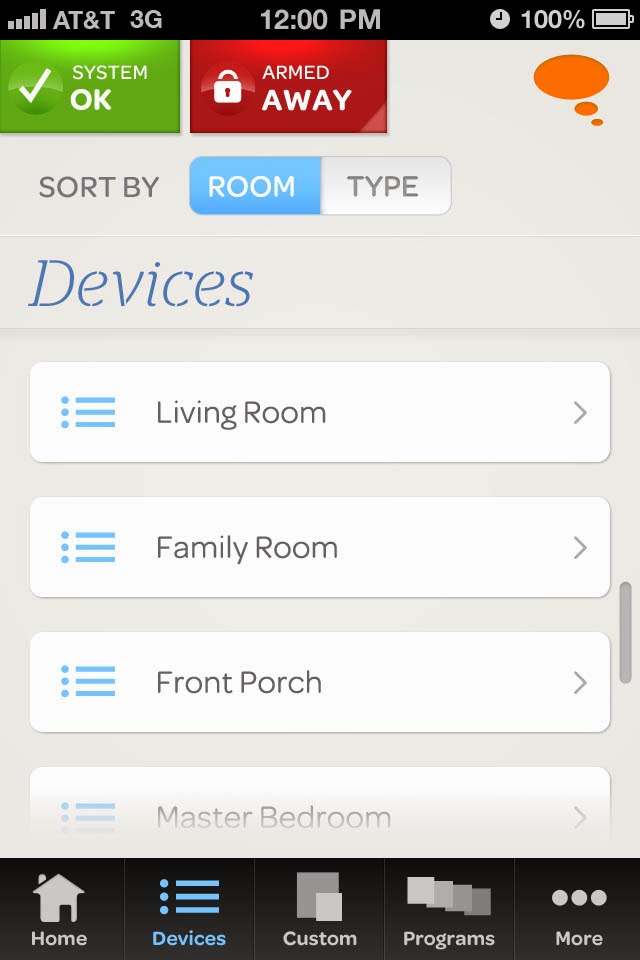I was excited to hear about some amazing new technology from AT&T that is currently in the early testing phases. Stefanie Elder delivered a presentation about How AT&T Is Using Consumer Insights to Help Seniors Age in Place.
There are over 40 million seniors in the United States. Most of them face the reality of having to move into an assisted living facility at some point in time - only a few are able to stay in their homes with full time care. AT&T found that the vast majority of seniors would much rather stay in their own home yet lack the care or help they might need.
This is where AT&T is stepping in with Digital Life - a security system and home automation that includes video monitoring and sensors that will make it possible for seniors to stay put in their homes. Some of the most innovative features will utilize sensors - one of which will keep track of when the person gets out of bed and alerts someone (via mobile technology) if they don't. Monitoring for the system will be available 24/7 via web or app access.
They are currently testing this technology, in partnership with Burke, which is available to AT&T employees and their families. They are collecting feedback from seniors and their caregivers who are in many different situations - giving them a broad range of ideas and possibilities for the future. With this new technology, the future of seniors is looking pretty bright!

























